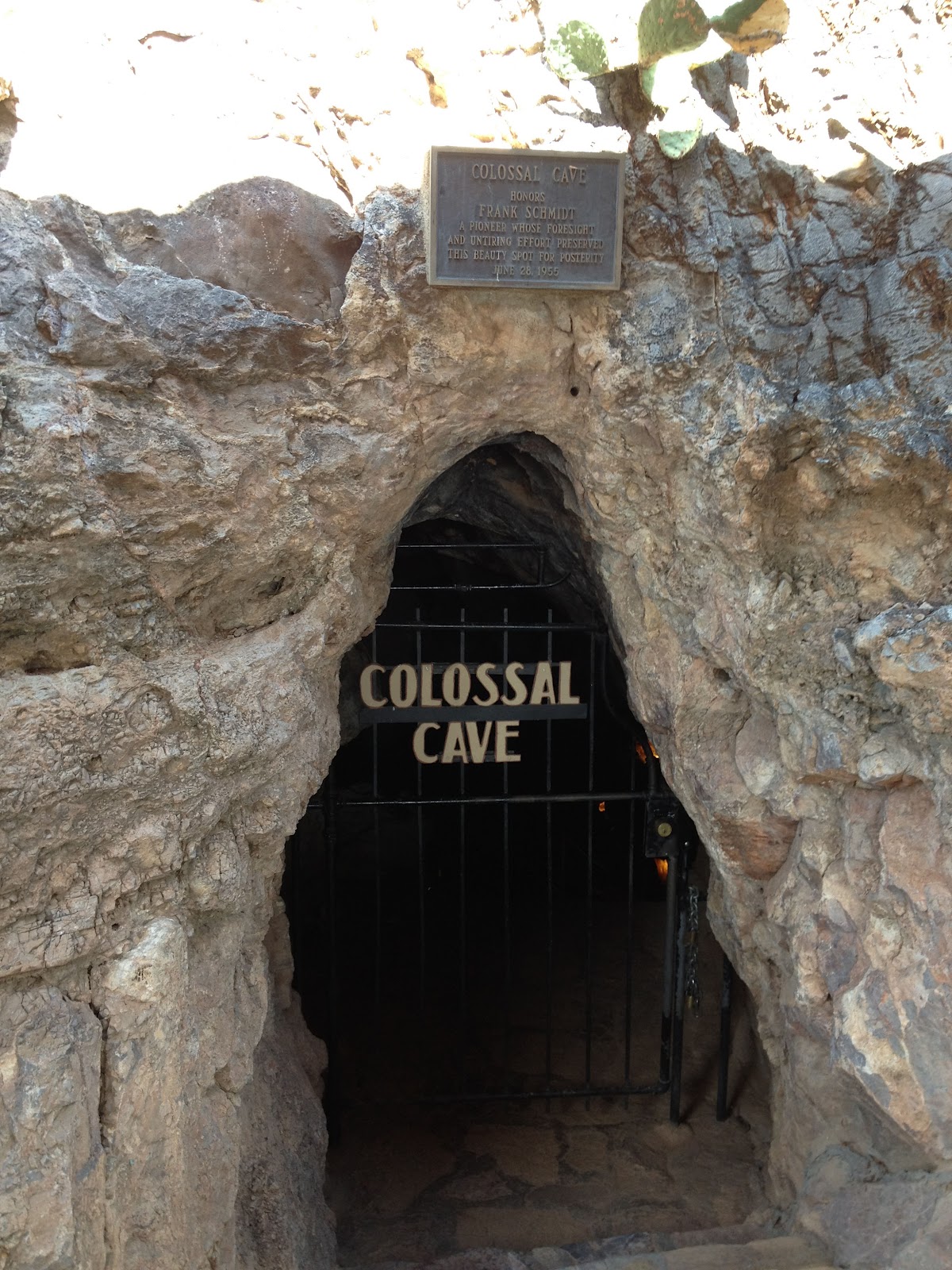
(Avid cavers will appreciate comparing Colossal Cave, a “dry” cave, with Kartchner Caverns, a “wet” cave where the humidity will have you dripping with perspiration.) Colossal Cave was used in Wild West times by train robbers who escaped here with $72,000 in gold and currency.

A huge old limestone cavern that offers a cool (in every sense of the word!) escape from the sweltering summer heat, this is one of the state’s most enduring tourist attractions. Colossal Caveīeyond the Rincon Mountains section of Saguaro National Park, 29 mi (47 km) from downtown Tucson via the Old Spanish Trail, Colossal Cave (520/647-7275, daily, $18 and up per tour) is another great place to stop. For more information and details of hiking opportunities, stop at the visitors center (520/733-5153). Named in honor of the anthropomorphic saguaro cactus, which here reaches heights up to 78 ft (23.7 m) and lives as long as 175 years, the park is best seen by following 8-mi (12.8 km) Cactus Forest Scenic Loop Drive, along which numerous hiking trails give close-up looks at the multilimbed succulents. Cactus Forest Scenic LoopĪbout a dozen mi (19.3 km) east of Tucson, on the slopes of the Tanque Verde and Rincon Mountains, the eastern half of Saguaro National Park covers nearly 58,000 ac (23,500 ha) of rolling desert landscape.
#COLOSSAL CAVE TUCSON AZ SERIES#
From here, old US-80 follows a series of one-way surface streets into compact downtown Tucson, first following 5th Avenue, then 6th Avenue, the pre-interstate main highway. Across Tucson: Old US-80įrom the north and west, the best old road introduction to Tucson is the so-called Miracle Mile, a few blocks of slightly seedy old neon-signed motels, right off the I-10 freeway at exit 255.
#COLOSSAL CAVE TUCSON AZ PLUS#
There’s more hiking, plus camping and the excellent Arizona-Sonora Desert Museum (520/883-2702, daily, $22) in the adjacent Tucson Mountain Park. A visitor center (520/733-5158, daily, $25 per vehicle) has details of the many hikes here, like the popular Hugh Norris Trail, which winds along a mountain ridge to the 4,687-ft (1,429-m) summit of Wasson Peak. From I-10 at Cortaro (exit 246), a loop road runs southwest, then back east through rugged mountainous terrain, which, though popular, is a great place to get a feel for the Sonora Desert landscape. Northwest of Tucson, the more popular half of Saguaro National Park protects extensive stands of saguaro cactus as well as ancient petroglyphs, spring wildflowers, and generally gorgeous desert scenery. Saguaro National Park and Tucson Mountain Park US-80 runs through downtown Phoenix on Van Buren Street (which was also US-60 and US-70) before heading south to Tucson. I-8 is by far the fastest way east from Gila Bend to Tucson and beyond, but if you have the time and inclination to follow the old road, it took the long way around: From Gila Bend, US-80 veers north across the usually dry Gila River along what’s now an unmarked county road, then east through the towns of Arlington, Palo Verde, and Buckeye, where a 25-ft (7.6 m) statue of “Hobo Joe” stands along East Monroe Avenue downtown.


 0 kommentar(er)
0 kommentar(er)
